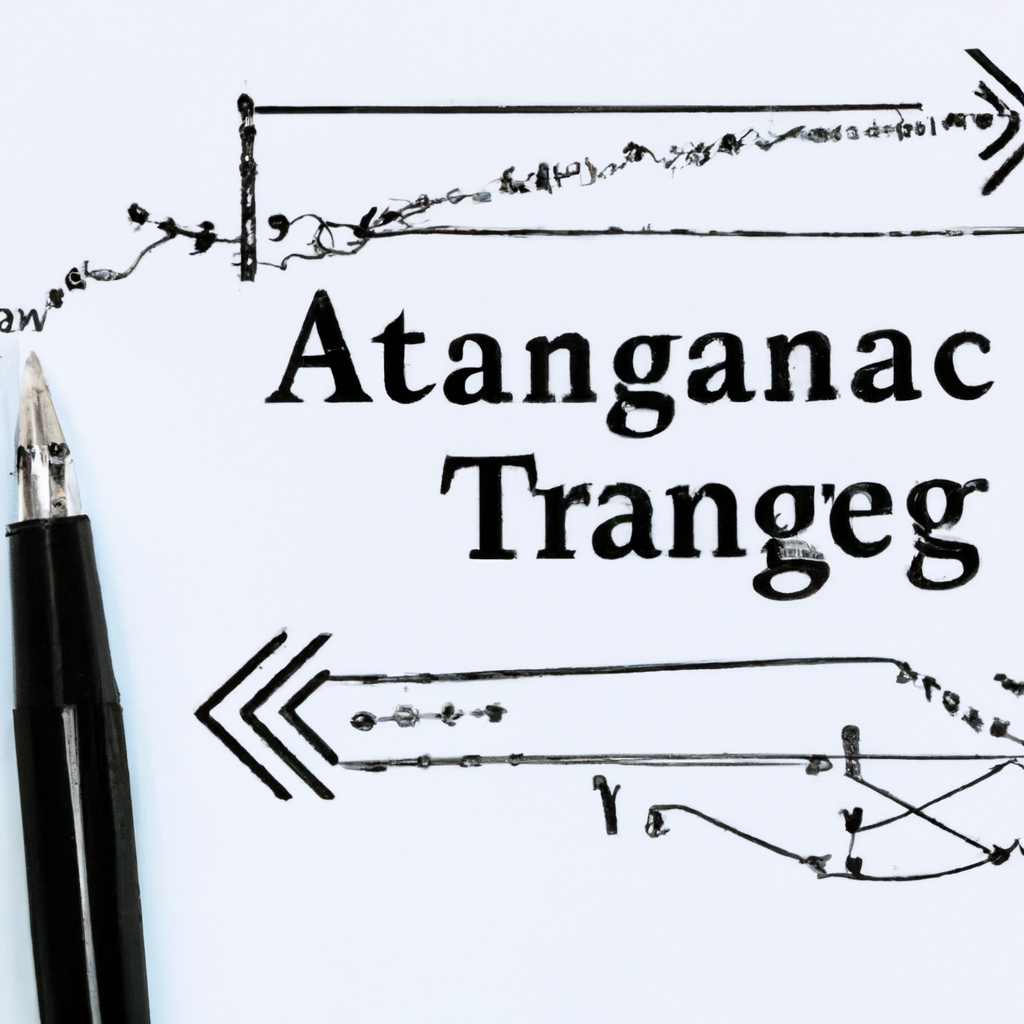Algorithmic Strategies in Technical Analysis
Introduction
Technical analysis is a method of evaluating and forecasting financial markets based on historical price and volume data. It aims to identify patterns and trends that can help traders make informed investment decisions. With the advent of technology, algorithmic strategies have become increasingly popular in technical analysis. These strategies utilize computer algorithms to automate the process of analyzing market data and executing trades. In this article, we will explore some common algorithmic strategies used in technical analysis.
Moving Averages
One popular algorithmic strategy in technical analysis is the use of moving averages. Moving averages are calculated by taking the average price of a security over a specific period of time. They help smooth out price fluctuations and provide traders with a clearer picture of the underlying trend.
There are different types of moving averages, such as simple moving averages (SMA) and exponential moving averages (EMA). Traders often use crossover strategies, where they compare the short-term moving average with the long-term moving average. For example, if the short-term moving average crosses above the long-term moving average, it may signal a buy signal, while a crossover below may indicate a sell signal.
RSI (Relative Strength Index)
The Relative Strength Index (RSI) is another algorithmic strategy commonly used in technical analysis. RSI is a momentum oscillator that measures the speed and change of price movements. It ranges from 0 to 100 and is used to identify overbought and oversold conditions in a security.
Traders often look for divergences between the RSI and the price of a security. If the price is making new highs while the RSI is not, it may indicate a potential reversal. Conversely, if the price is making new lows while the RSI is not, it may signal a bullish divergence.
Bollinger Bands
Bollinger Bands are a popular algorithmic strategy that utilizes statistical measures to determine price volatility and potential price reversals. They consist of a middle band, which is a simple moving average, and an upper and lower band that represent two standard deviations from the middle band.
When the price moves towards the upper band, it may indicate an overbought condition, while a move towards the lower band may suggest an oversold condition. Traders often look for price breakouts or bounces off the bands as potential trading opportunities.
Fibonacci Retracement
The Fibonacci retracement is an algorithmic strategy based on the Fibonacci sequence, a series of numbers where each number is the sum of the two preceding ones. In technical analysis, traders use Fibonacci retracement levels to identify potential support and resistance levels.
By drawing horizontal lines at key Fibonacci levels (such as 38.2%, 50%, and 61.8%) on a price chart, traders can identify areas where the price is likely to reverse or consolidate. These levels are often used in conjunction with other technical indicators to confirm potential trading opportunities.
Conclusion
Algorithmic strategies have revolutionized the field of technical analysis by enabling traders to automate the analysis and execution process. Moving averages, RSI, Bollinger Bands, and Fibonacci retracement are just a few examples of the many algorithmic strategies used in technical analysis. It’s important to note that no strategy is foolproof, and traders should always exercise caution and consider multiple indicators before making trading decisions.
As technology continues to advance, algorithmic strategies are likely to become even more sophisticated, providing traders with new tools and insights to navigate the complex world of financial markets.
